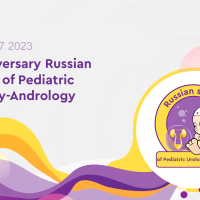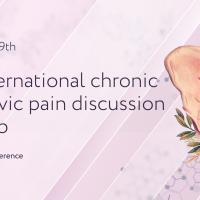
The use of the botulinum toxin A in the reduction of cystometric bladder capacity and overactive bladder therapy in children
Article authors








Saint Petersburg State Pediatric Medical University
The department of urology of the Saint Petersburg State Pediatric Medical University, Saint Petersburg
contact information: Sarychev S.A. sarychev–doc@yandex.ru
Introduction
At present the efficacy of the intradetrusor botulinum toxin A (BoNTA)injections in patients with the neurogenic and nonneurogenic micturition disorder who have the resistance to anticholinergic therapy is well-known due to numerous international researchs. However this method of treatmen is not widely adopted in the Russian Federation due to the absence of the clinical guidelines and established funding sources.
Methods and materials
Within the thesis research in the Pediatric urology clinic of SPBSPMU 220 children with bladder disorder required anticholinergic therapy had been examined from 2010 to 2018. 95 patients had a resistance to anticholinergic therapy. 75 patients received intradetrusor BoNTA injections. At the start of the BoNTA therapy the age of the patients varied from 3 to 17 years (the mean age was 9 years). 60 children used intermittent catheterisation. According to the cystometry the mean baseline of compliance (B1. Comp.) was amounted to 1.3 ml\cm H2O.
A total of 166 medical procedures were conducted, further BoNTA injections were made with an interval of 6-15 months. We used Dysport, Botox and Lantox injections in a dose of 8-10 U\kg (equivalent to Botox).
Results
The primary outcome of the BoNTA therapy was positive for 70 of 75 patients. B1Comp. amounted 2.1 before the beginning of retreatment and later on this result increased to 5.5 after 2-4 injections. Significant medical complications were not occured. 15 patients refused from stepwise BoNTA injections due to the poor effectiveness. 2 of them had intestinal cystoplasty, 3 of them went through haemodialysis. 27 children still need further BoNTA injections. 23 children remained anticholinergic therapy with satisfactory results. 10 children achieved the constant increase of bladder capacity, which allowed abolishing the anticholinergic therapy.
Conclusion
Intradetrusor BoNTA injections are safe and effective method of treatment in patients with micturition disorder related to the reduction of bladder capacity in case of the resistance to anticholinergic therapy. The stepwise use of BoNTA contributes the recovery of the bladder storage function and potentiate the efficacy of anticholinergic therapy.
The adoption of the method in clinical practice allows to reduce the amount of open operations on bladder augmentation. Unfortunately this method is not widely used in the Russian Federation due to organization, juridical and economic considerations.






